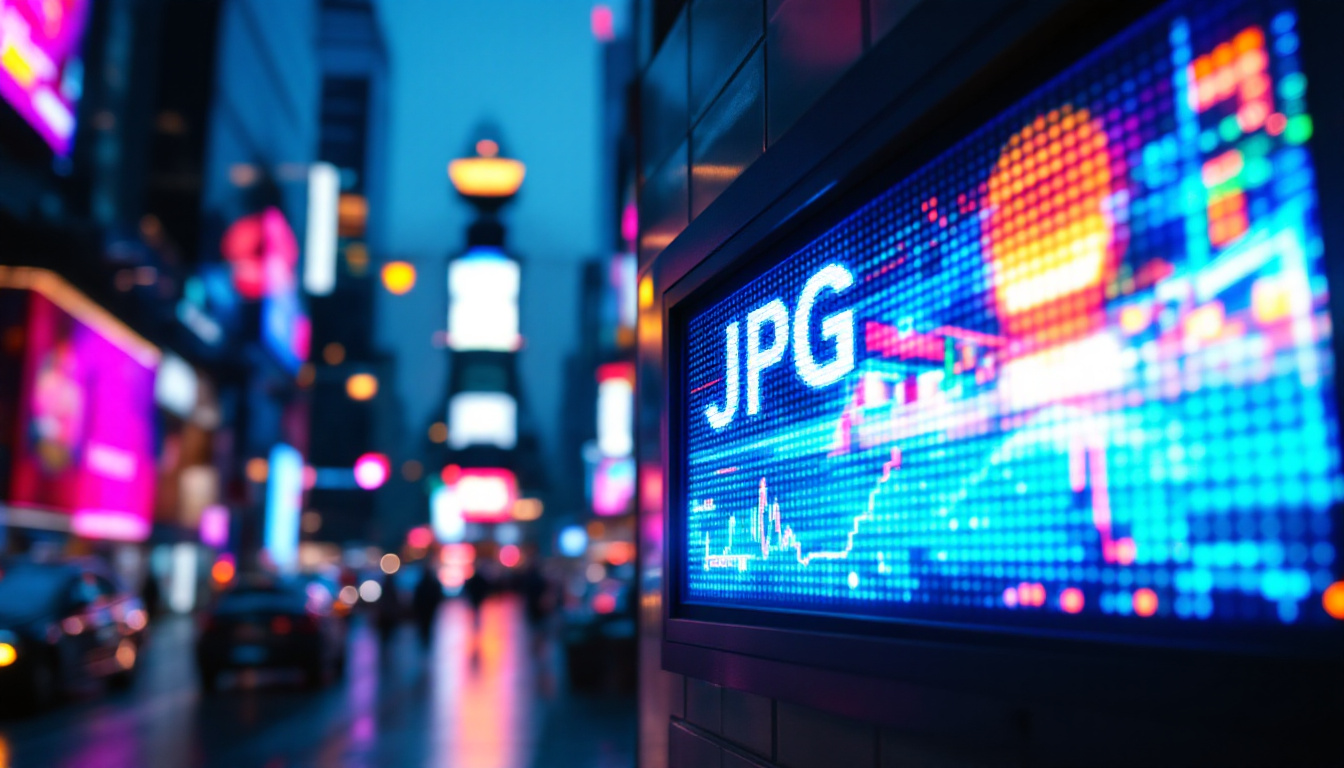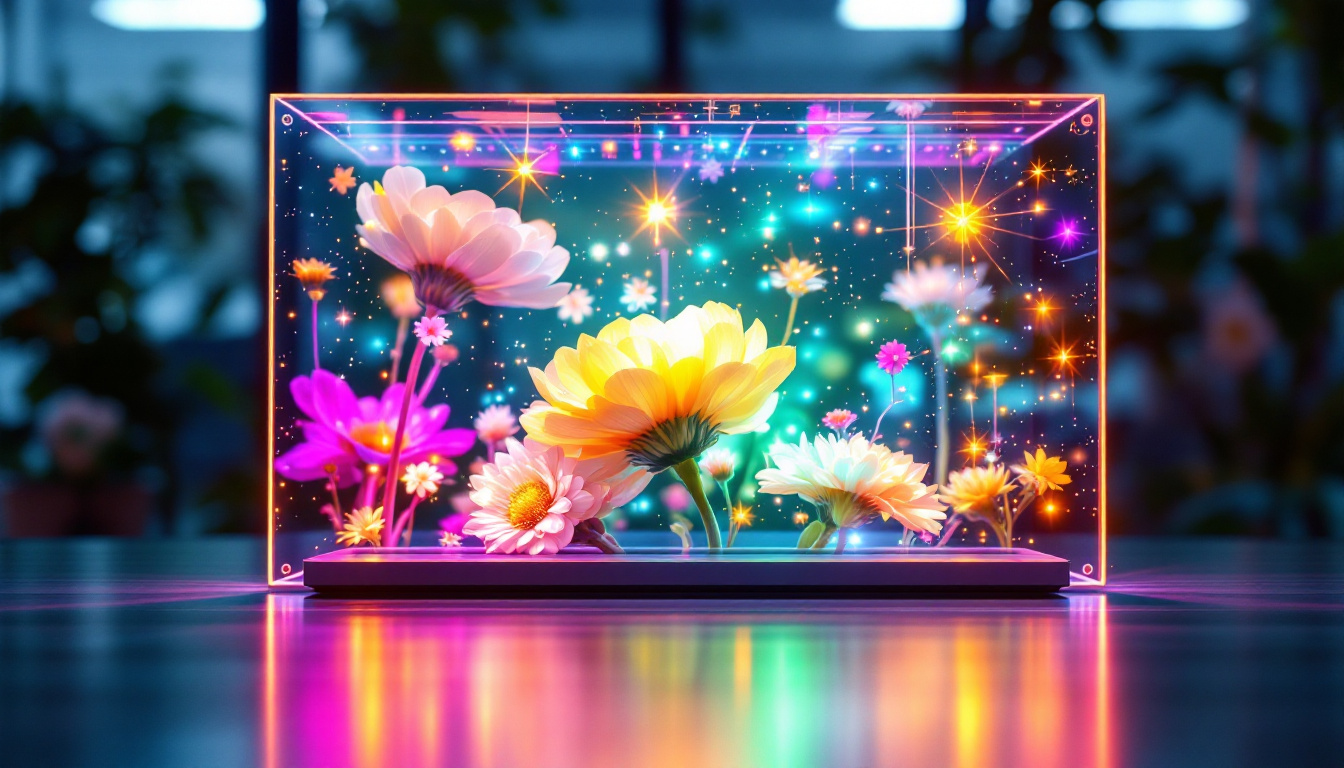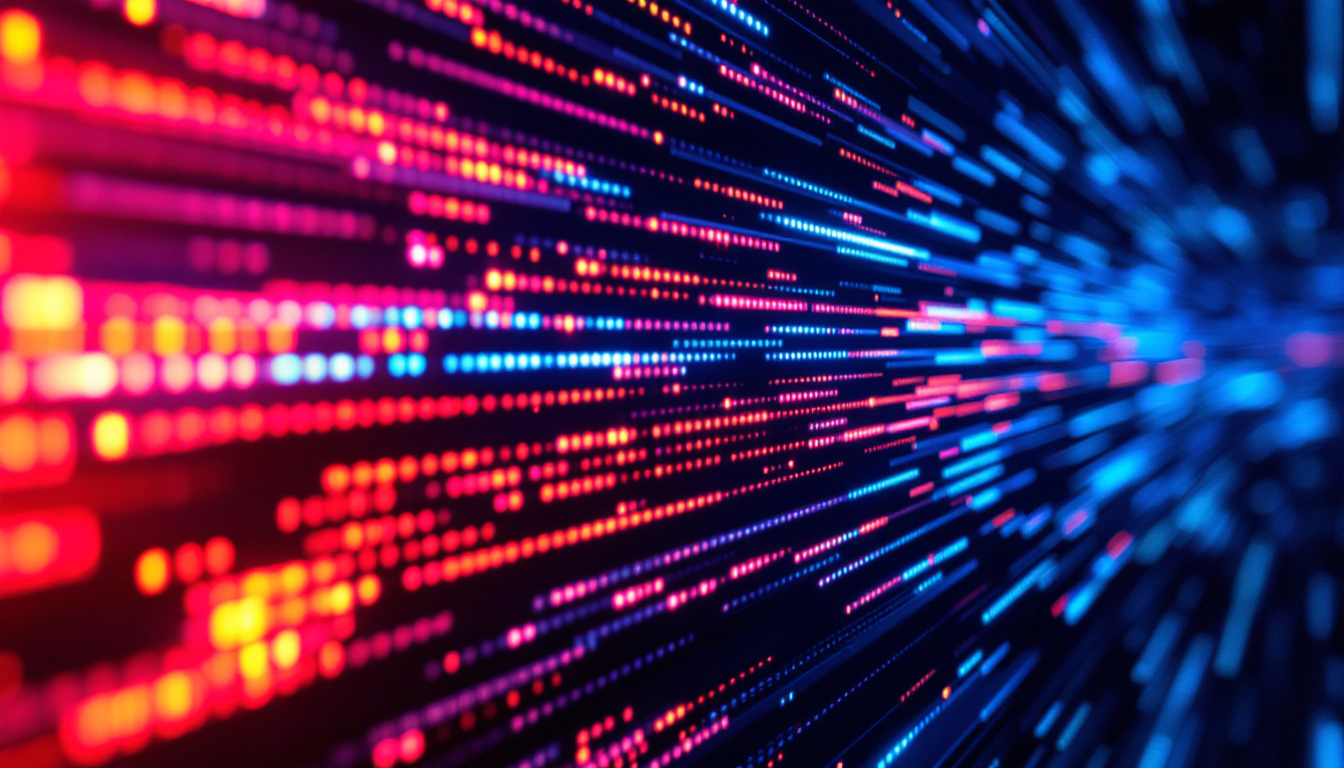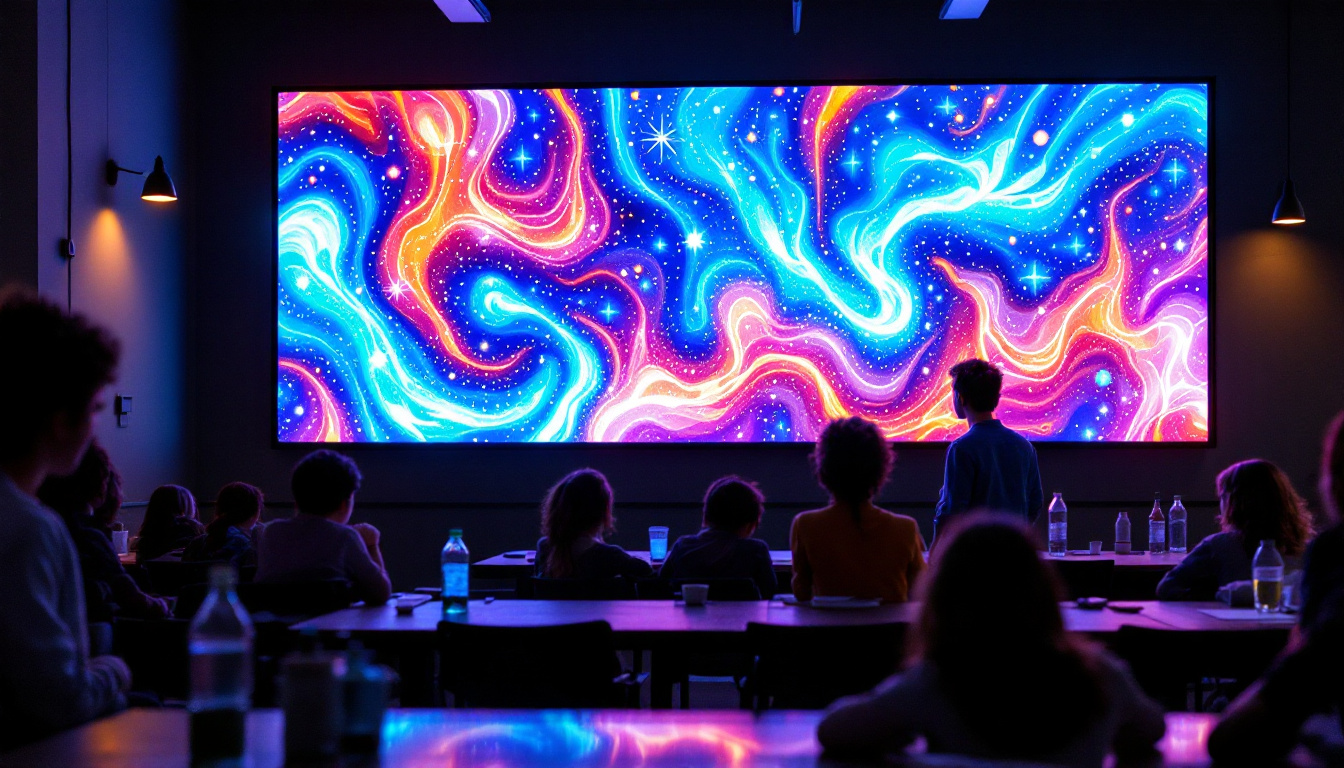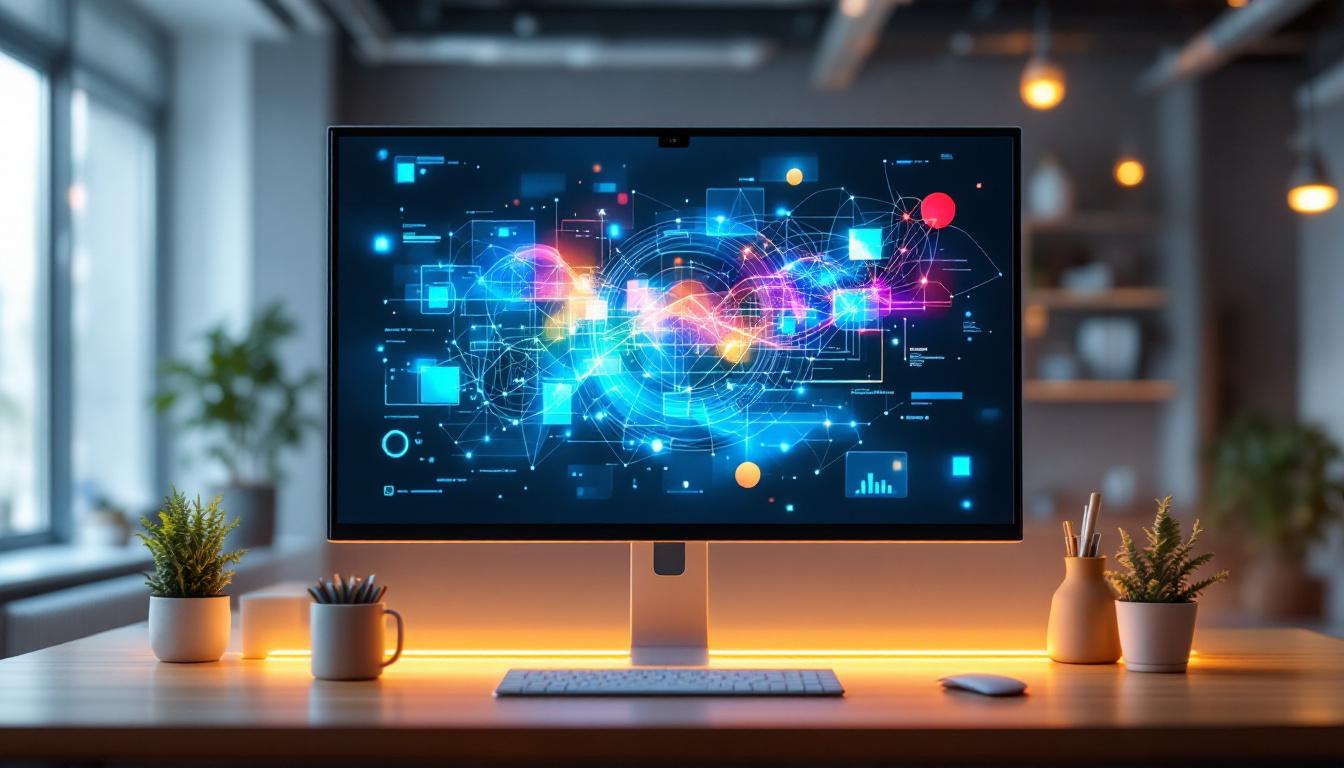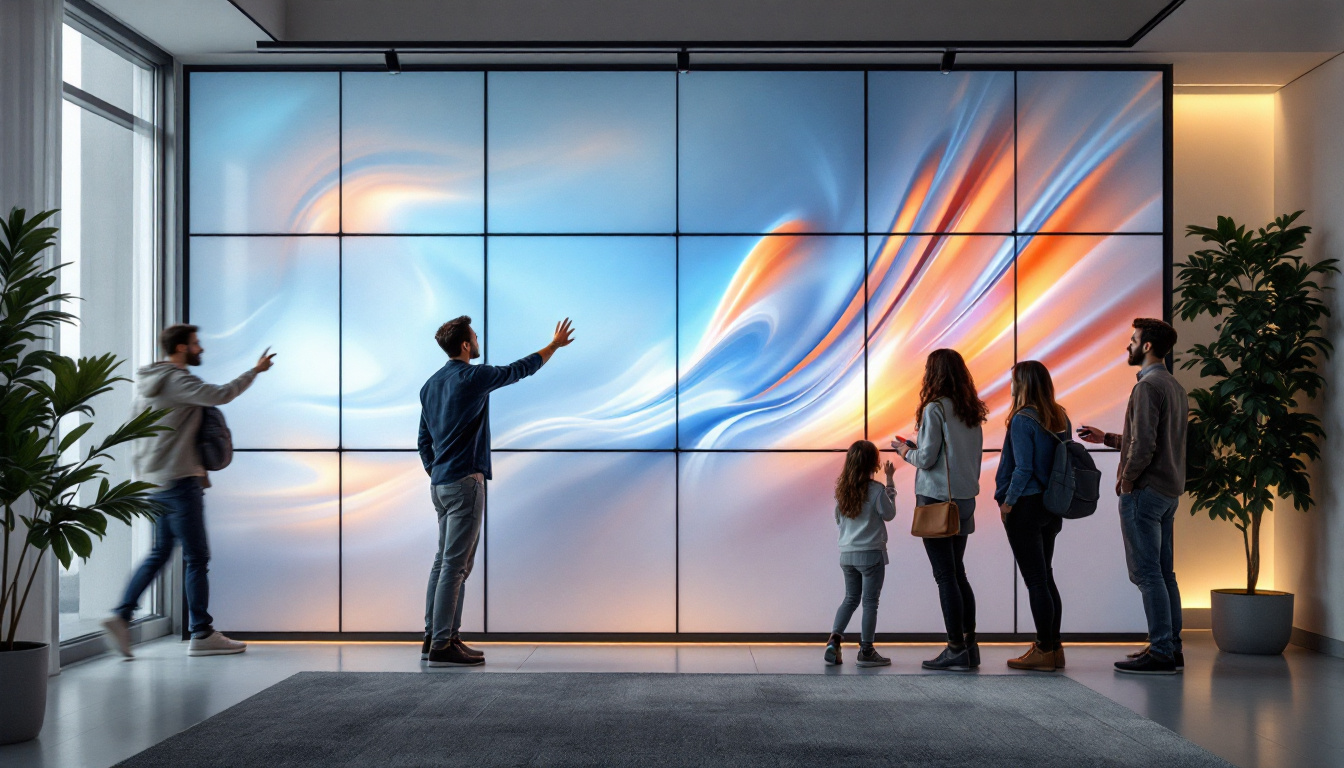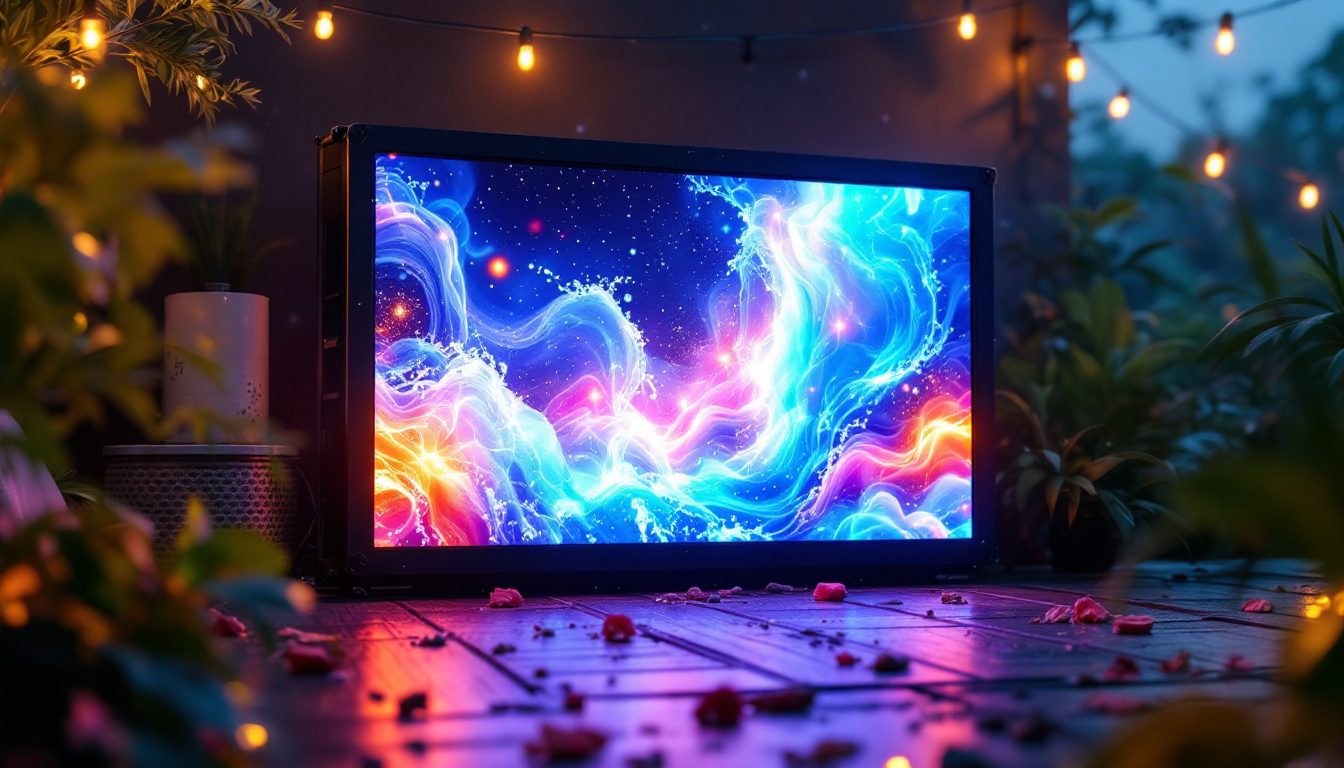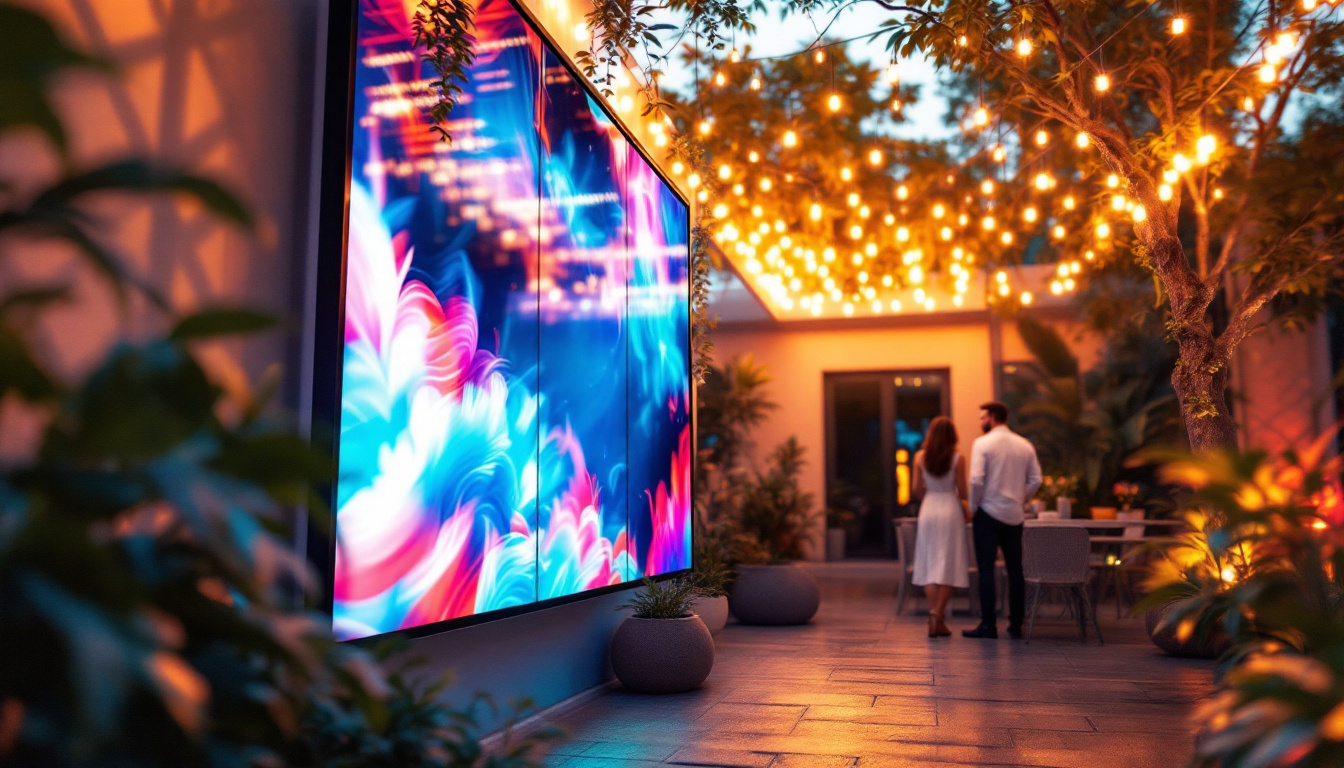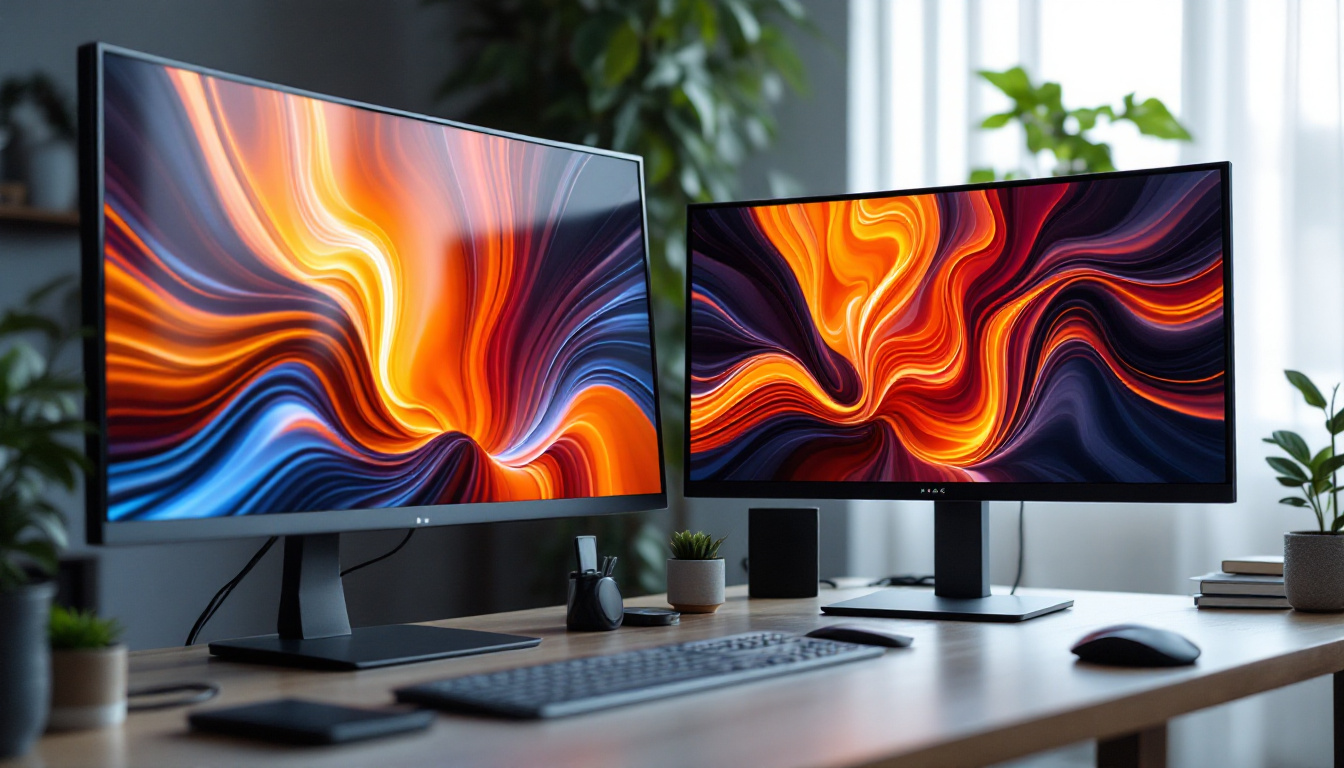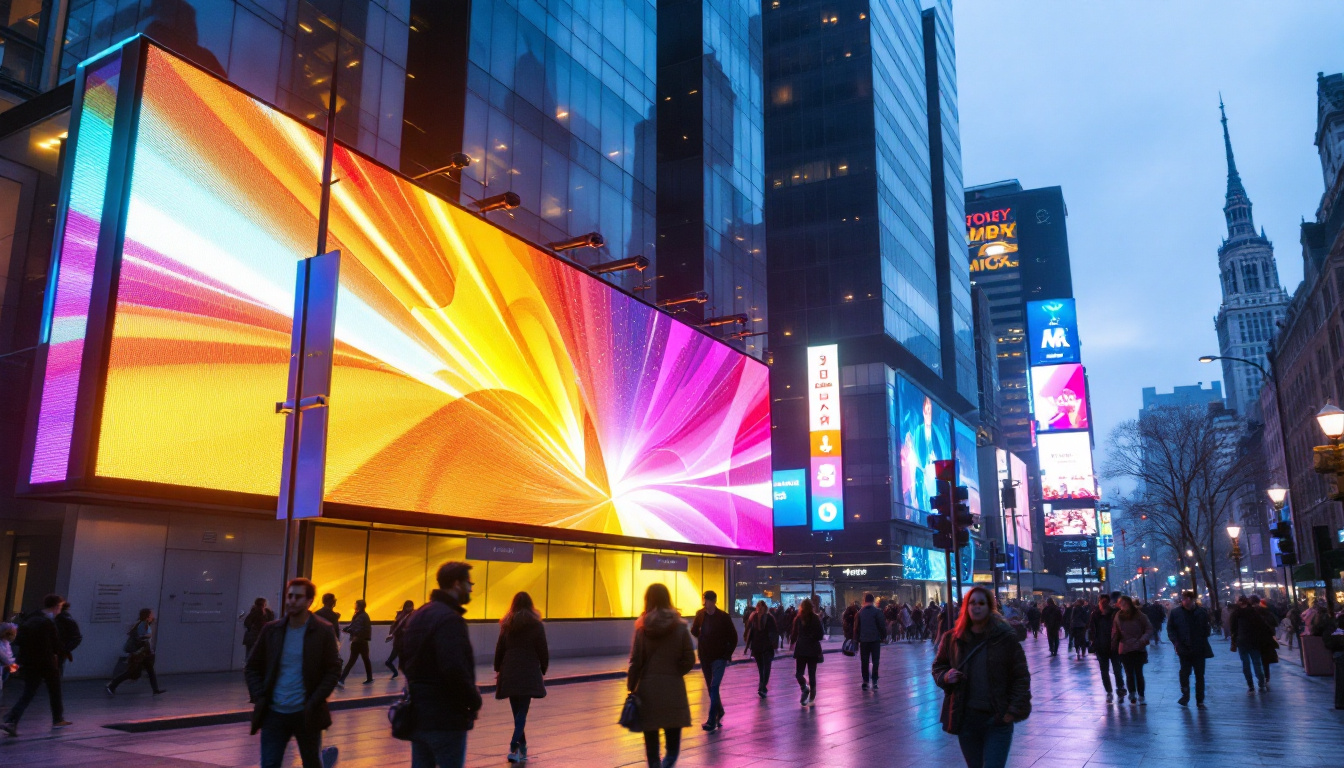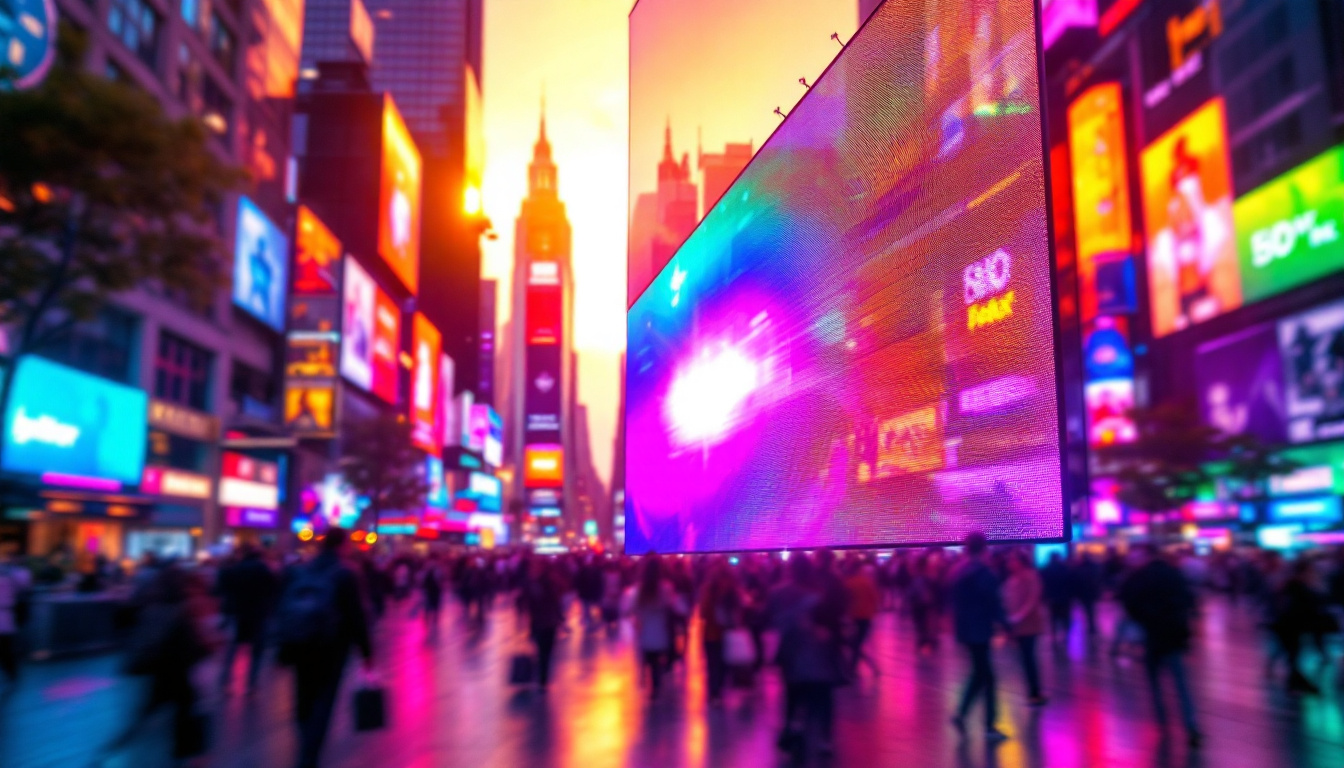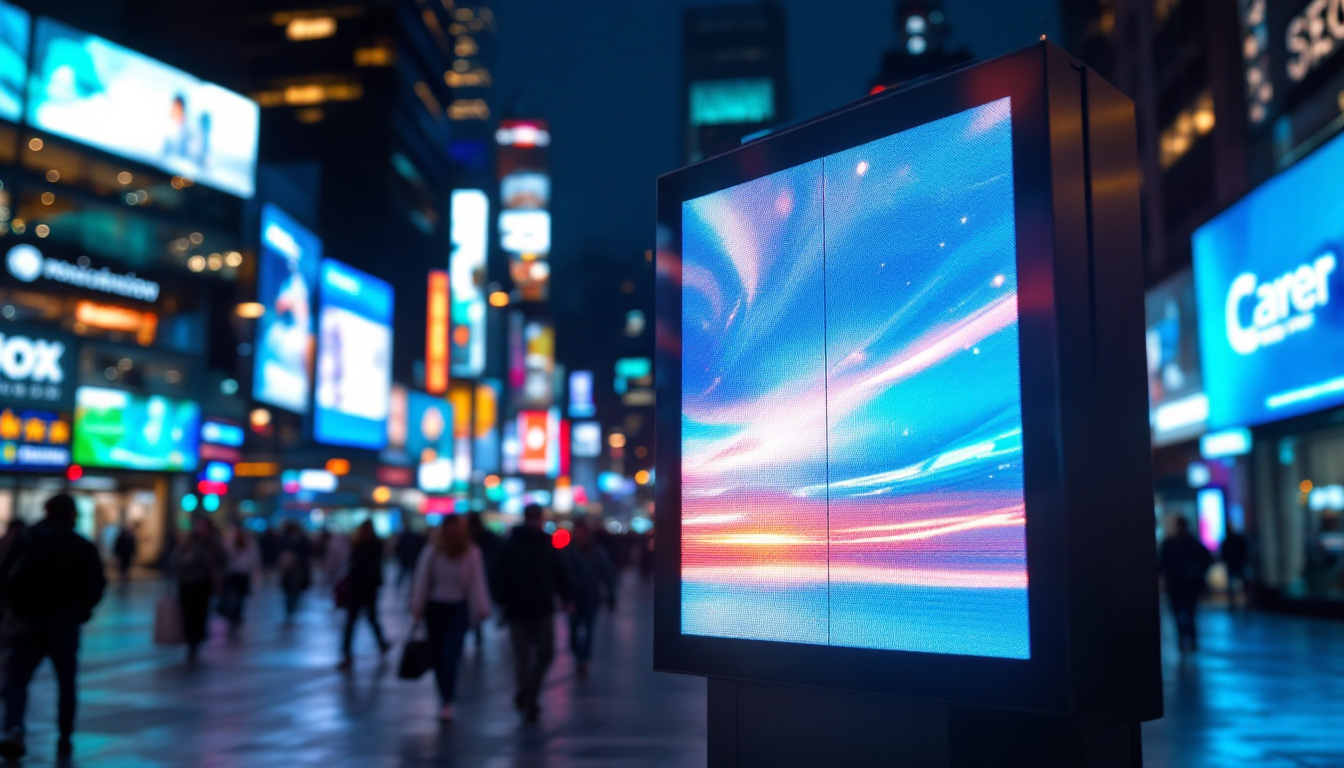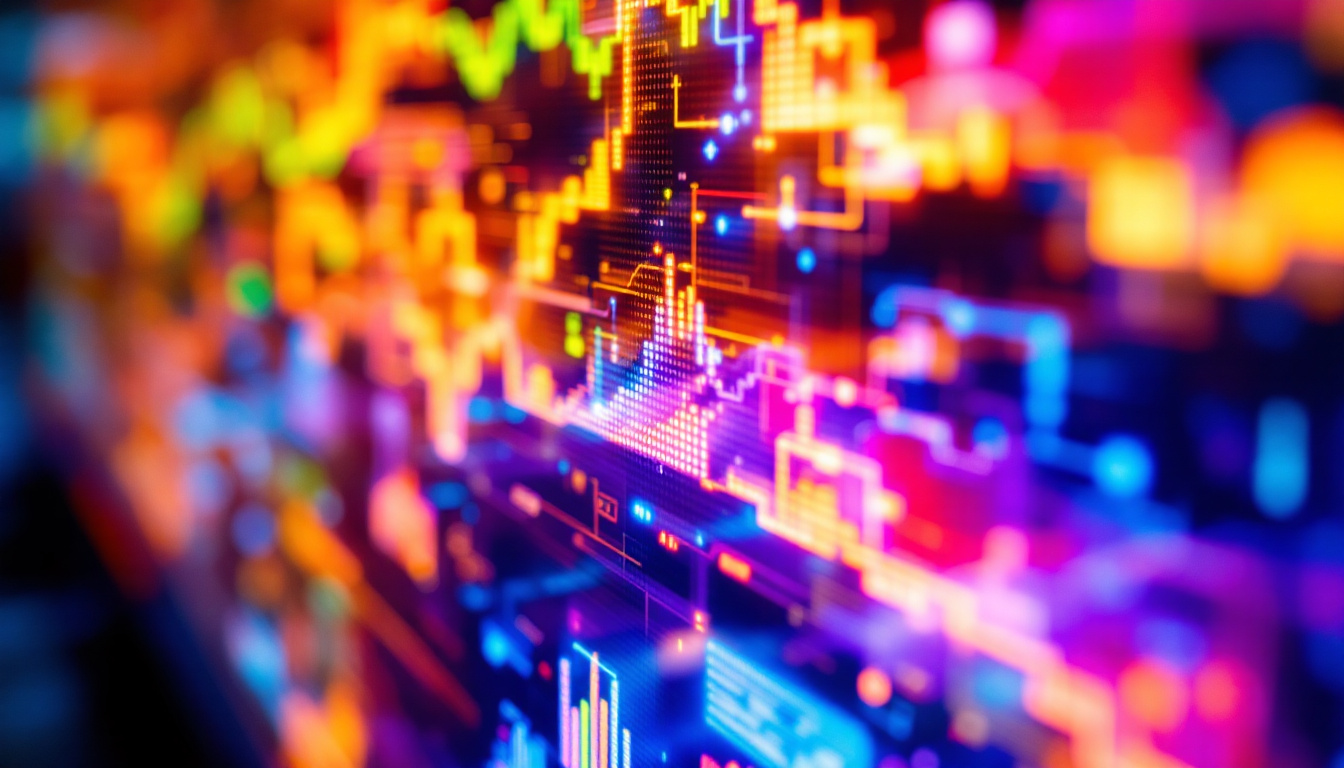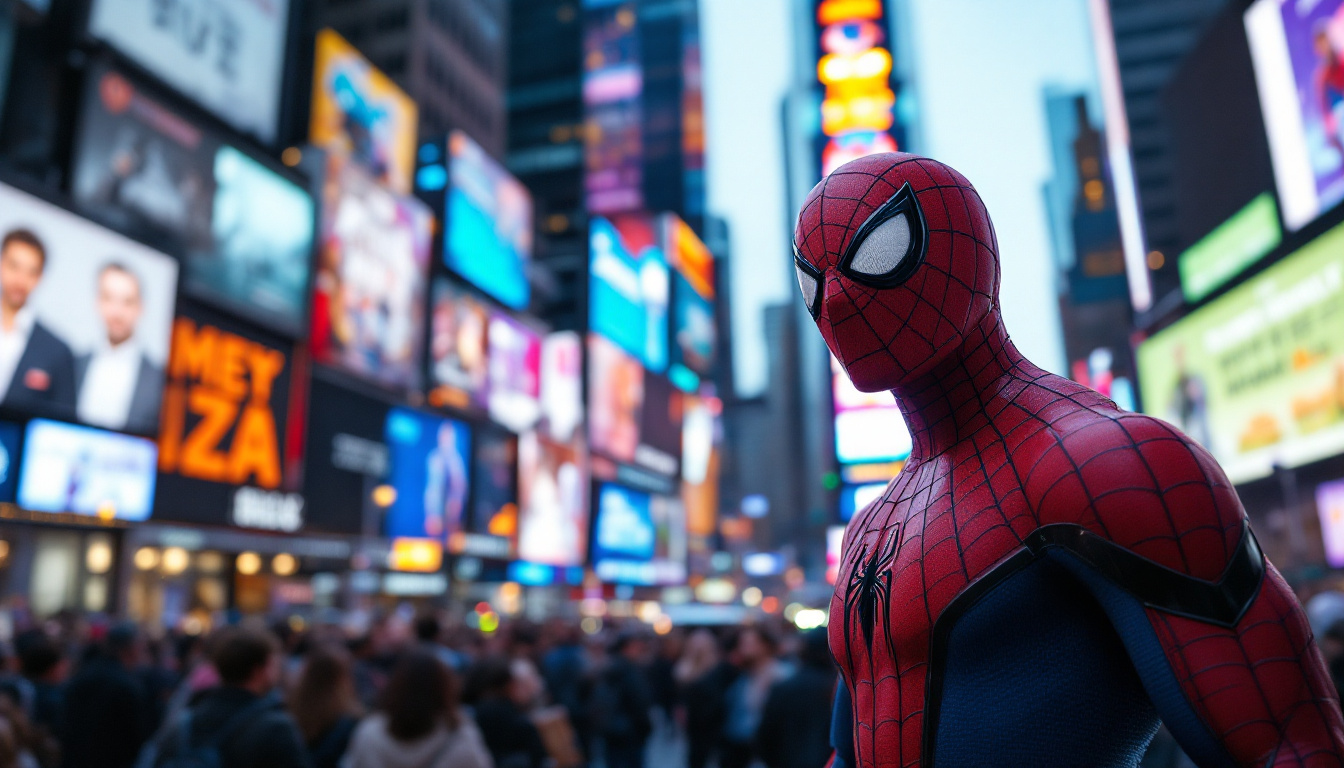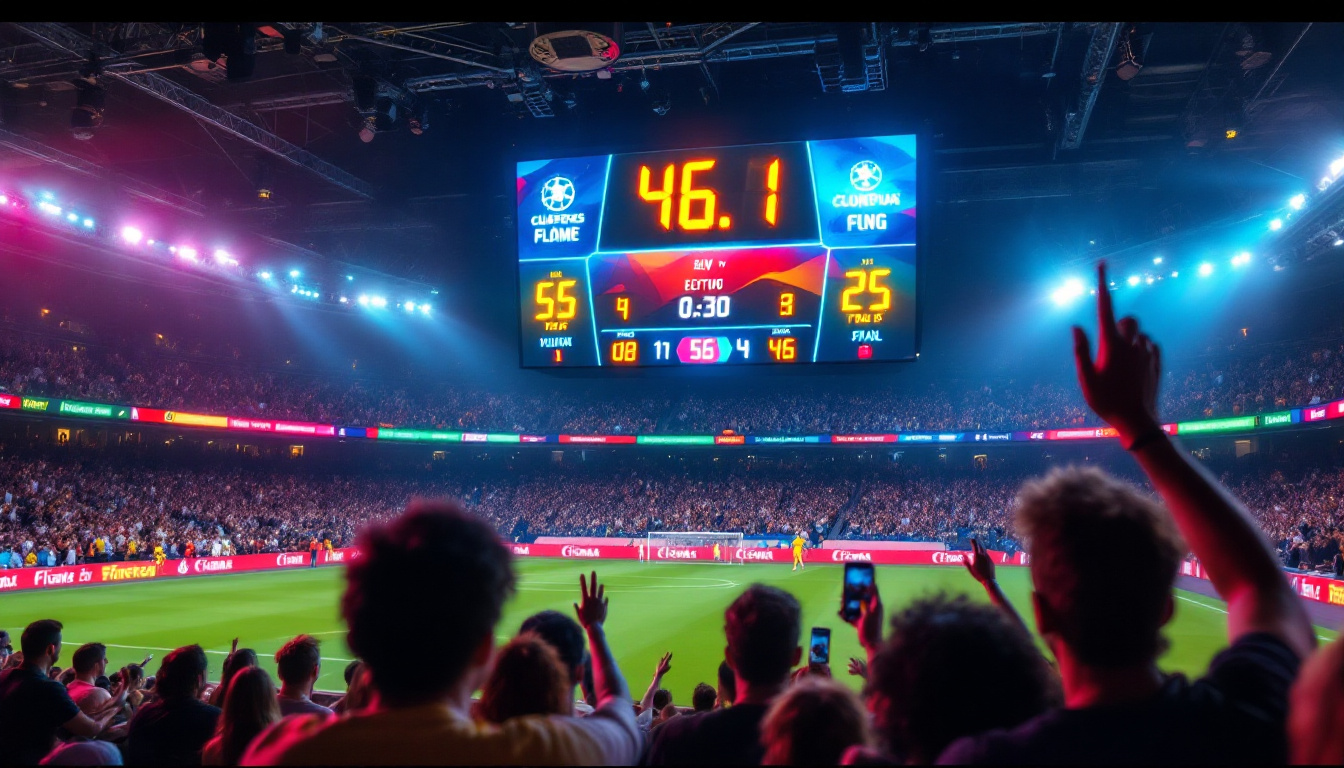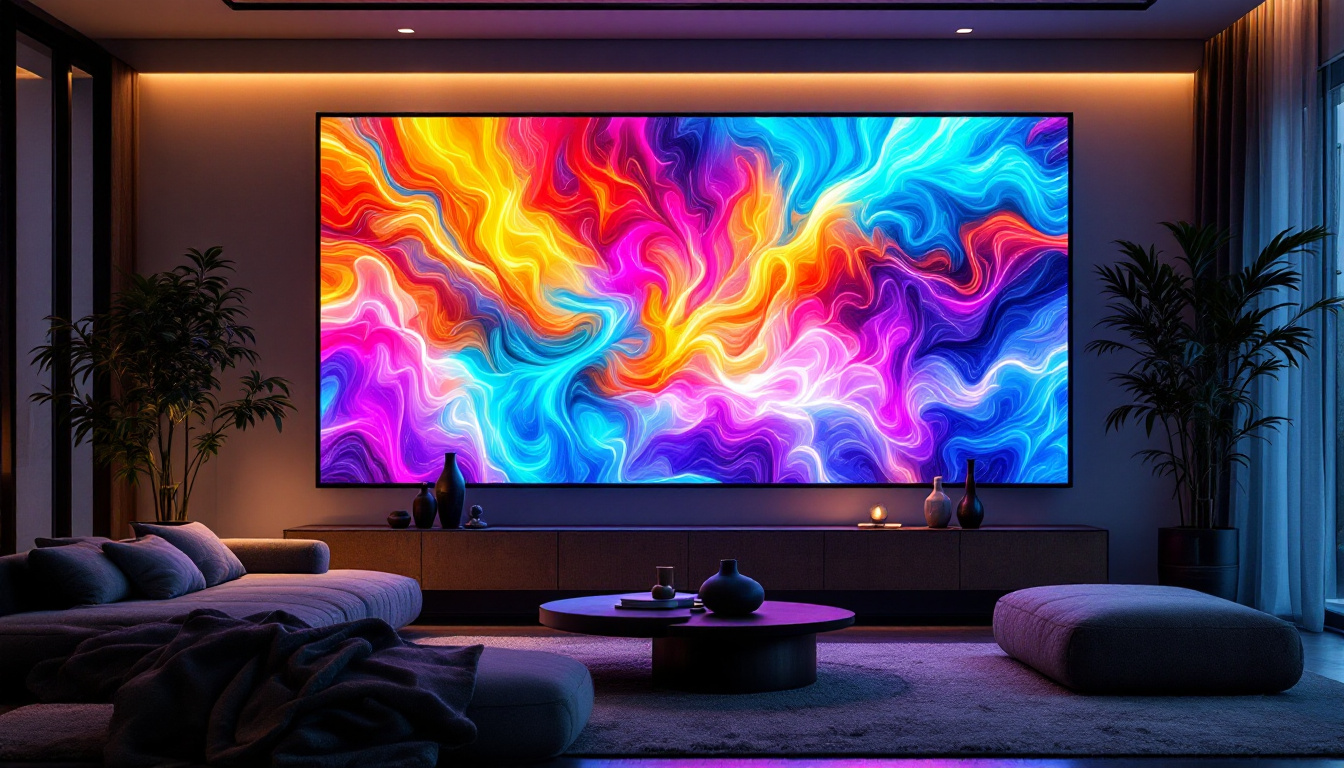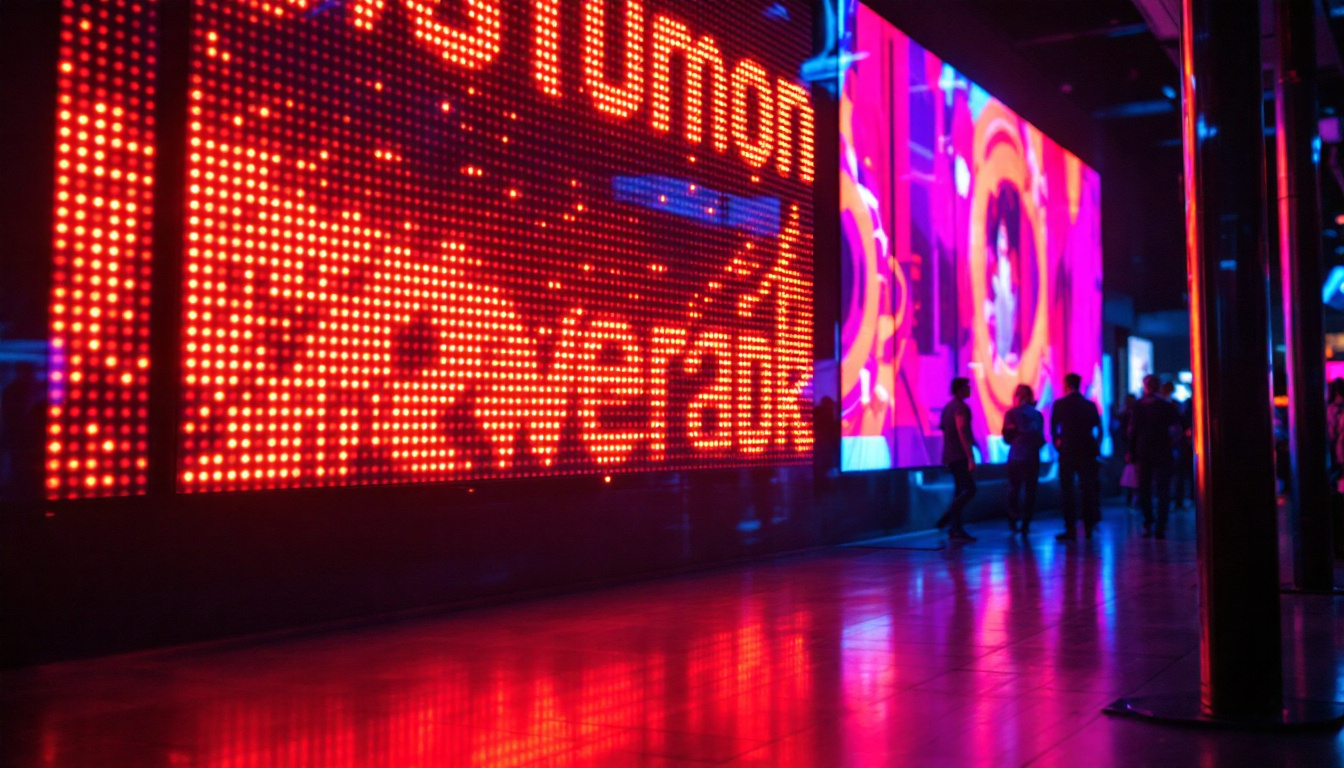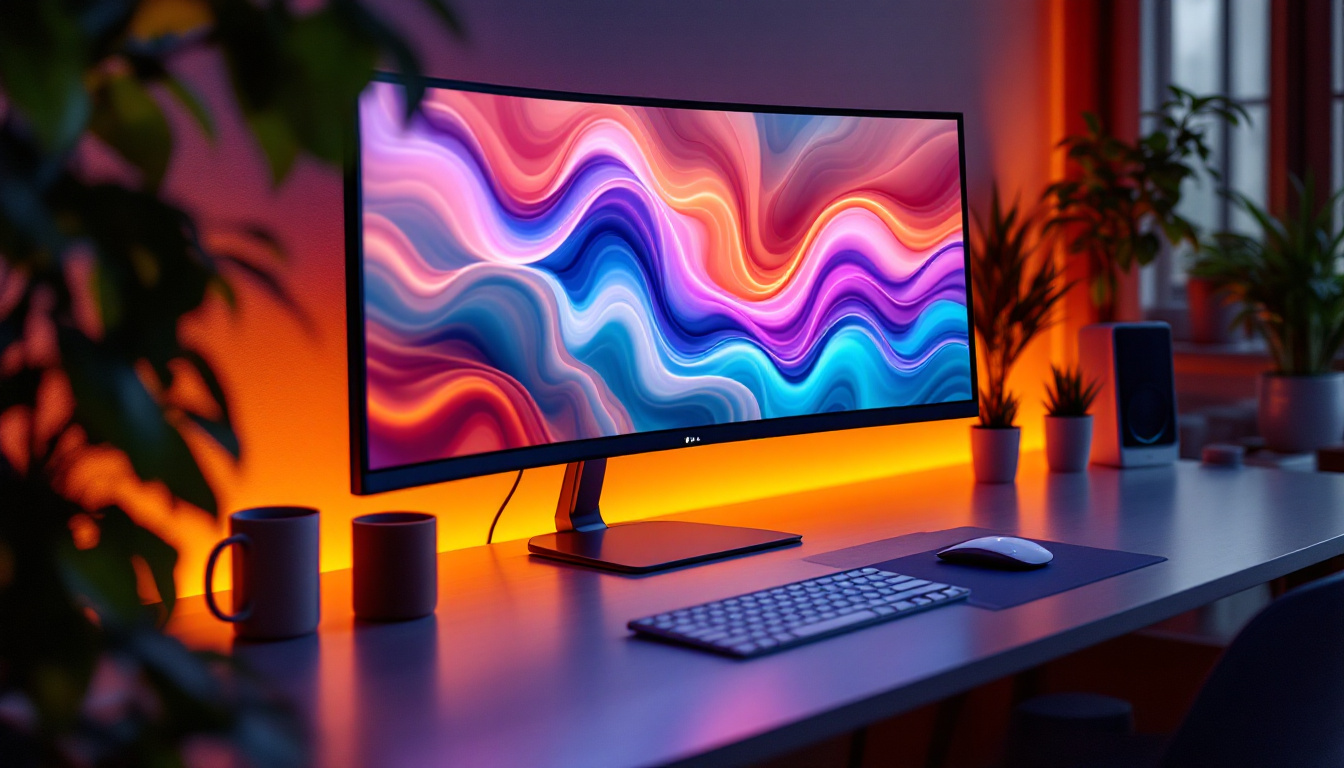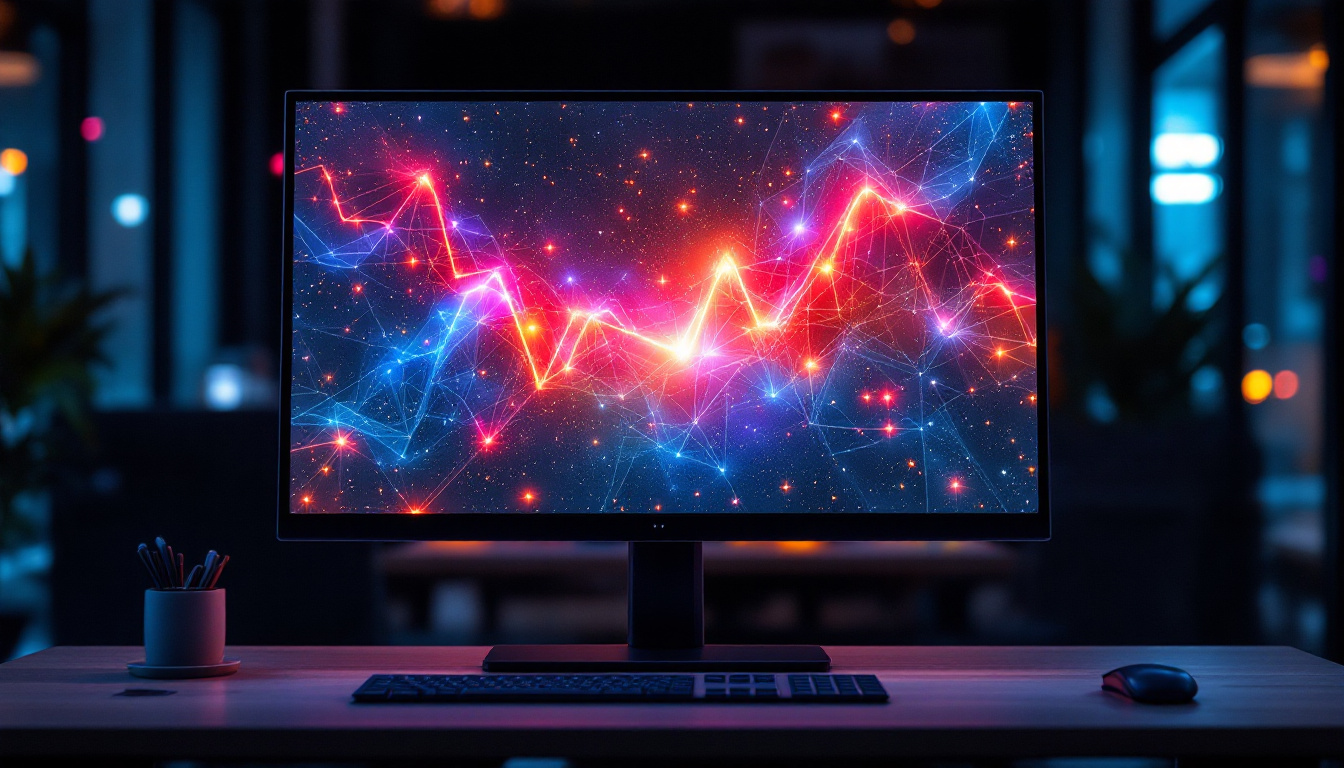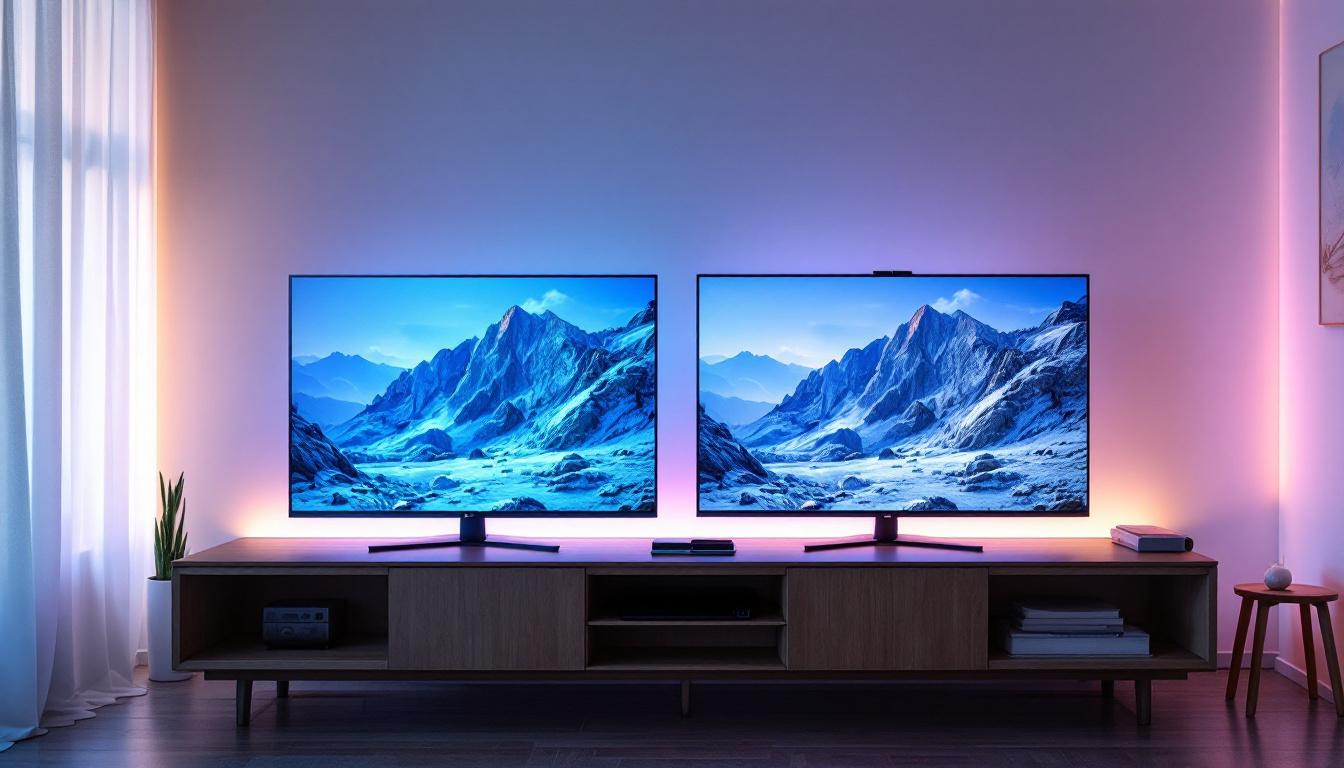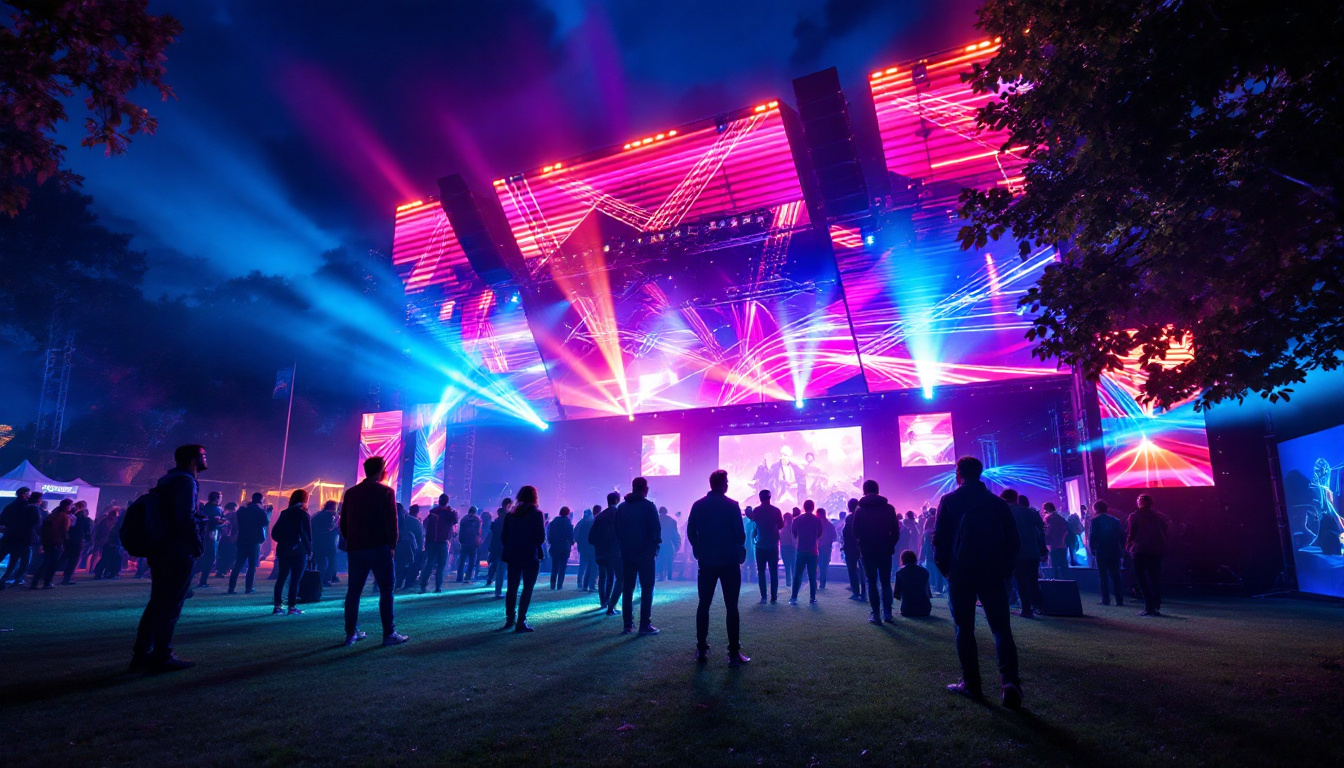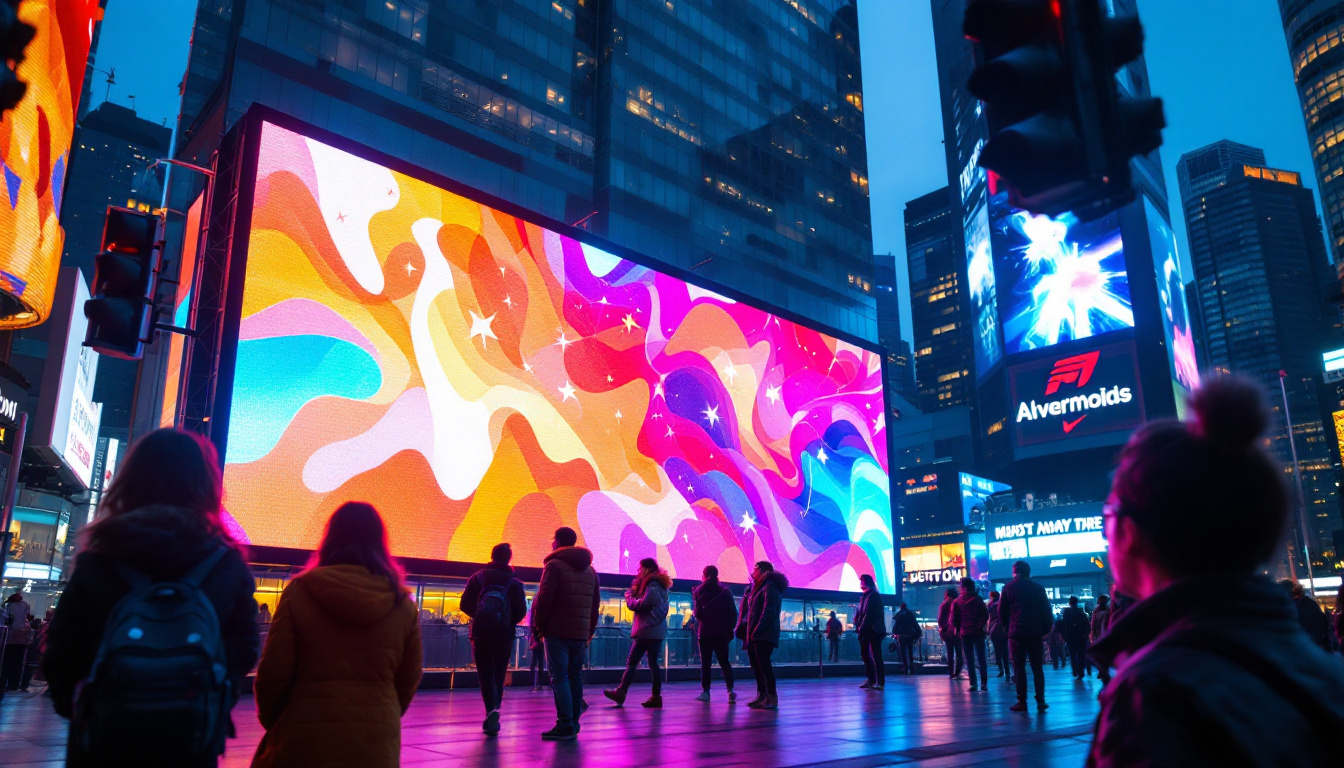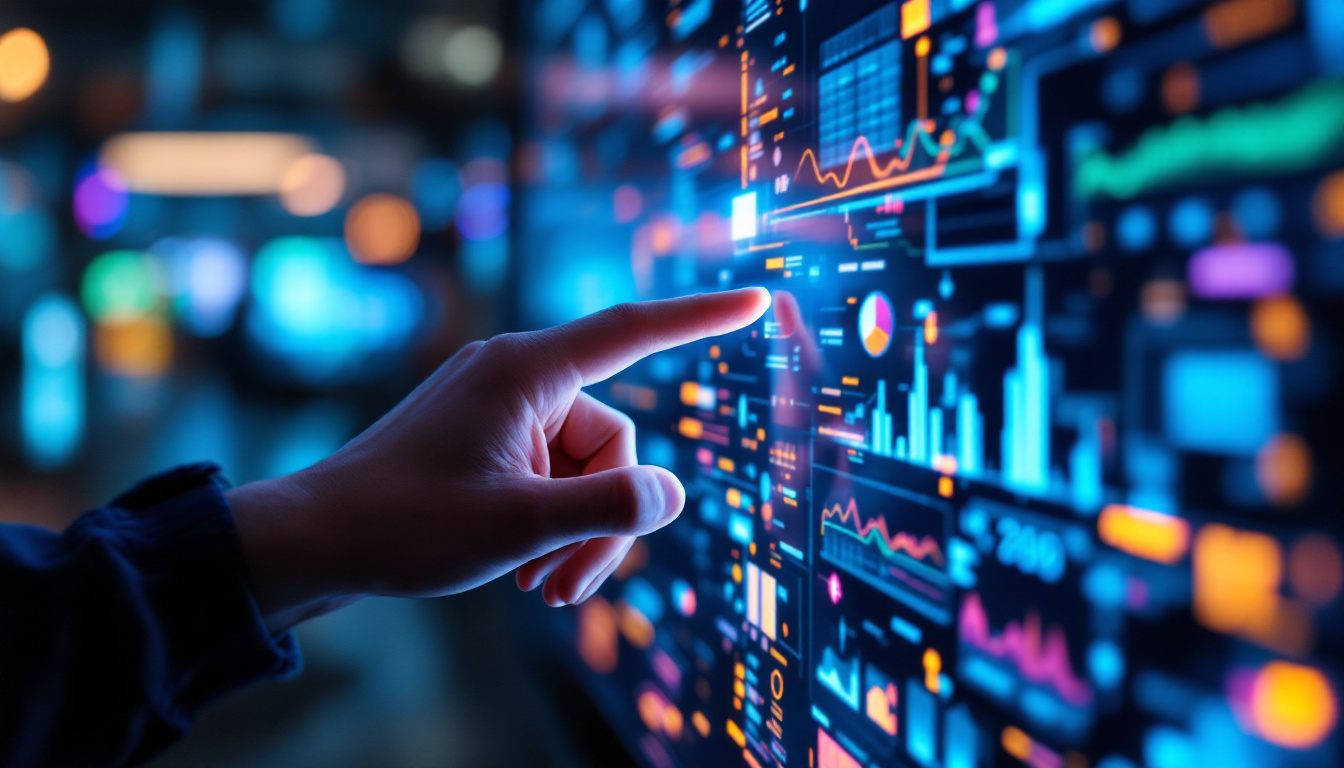View JPG Files: LED Display Explained
In today’s digital age, the way we view images has evolved significantly. One of the most popular formats for images is JPG, which is widely used across various platforms. However, the medium through which we view these images can greatly affect their quality and impact. This article delves into the world of LED displays, exploring how they function, their advantages, and how they enhance the viewing experience of JPG files.
Understanding JPG Files
JPG, or JPEG (Joint Photographic Experts Group), is a commonly used method of lossy compression for digital images. It is particularly favored for photographs due to its ability to maintain a balance between image quality and file size. When viewing JPG files, the quality can be influenced by several factors, including resolution, color depth, and the display technology used.
Characteristics of JPG Files
One of the defining characteristics of JPG files is their compression method. This allows for significant reductions in file size, making it easier to store and share images without sacrificing too much quality. However, this compression is lossy, meaning that some data is permanently removed during the process. As a result, repeated saving and editing of a JPG file can lead to a noticeable decline in image quality.
Another important aspect of JPG files is their support for a wide range of colors. The format can display millions of colors, making it ideal for rich, vibrant photographs. This color depth is particularly important when viewing images on high-quality displays, such as LED screens, where color accuracy and vibrancy can greatly enhance the viewing experience.
Common Uses of JPG Files
JPG files are ubiquitous in various fields, from personal photography to professional graphic design. They are commonly used in social media, websites, and digital marketing due to their small file sizes and compatibility with most devices. Additionally, JPGs are often the preferred format for images in print media, where high-quality visuals are essential.
The versatility of JPG files also extends to their use in digital art and design. Artists and designers frequently utilize this format for creating and sharing their work, as it allows for easy manipulation and editing without requiring excessive storage space.
Introduction to LED Displays
LED (Light Emitting Diode) displays have revolutionized the way images are presented. These displays utilize semiconductor technology to emit light, creating bright and vibrant visuals. LED technology has become increasingly popular due to its energy efficiency, longevity, and ability to produce high-quality images.
How LED Displays Work
LED displays consist of numerous tiny light-emitting diodes that work together to produce images. Each pixel on an LED screen is made up of red, green, and blue (RGB) diodes, which can be combined in various intensities to create a full spectrum of colors. This RGB model allows for precise color reproduction, making LED displays ideal for viewing high-quality images like JPG files.
The brightness and contrast of LED displays are also noteworthy. Unlike traditional LCD screens, which rely on backlighting, LED displays emit light directly from the pixels. This results in deeper blacks and brighter whites, enhancing the overall image quality. When viewing JPG files on an LED display, the colors appear more vivid, and the details are sharper, providing a more immersive experience.
Types of LED Displays
There are several types of LED displays, each suited for different applications. The most common types include:
- Direct View LED Displays: These displays are made up of individual LED modules that can be arranged to create large screens. They are often used in outdoor advertising and large venues due to their brightness and visibility in various lighting conditions.
- LED-backlit LCD Displays: These screens use LED technology to backlight an LCD panel. They are widely used in televisions and computer monitors, offering improved color accuracy and energy efficiency compared to traditional LCDs.
- Organic LED (OLED) Displays: OLED technology uses organic compounds to emit light. This allows for thinner screens and better contrast ratios, making them ideal for high-end televisions and smartphones.
The Advantages of Viewing JPG Files on LED Displays
Viewing JPG files on LED displays offers numerous advantages that enhance the overall experience. From improved color accuracy to better energy efficiency, LED technology provides a superior platform for image viewing.
Enhanced Color Accuracy
One of the primary benefits of LED displays is their ability to reproduce colors accurately. The RGB model used in LED technology allows for a wide color gamut, which means that images can be displayed with greater fidelity. When viewing JPG files, this accuracy ensures that the colors appear as intended, whether it’s the subtle hues in a landscape photograph or the vibrant tones in a piece of digital art.
This enhanced color accuracy is particularly important for professionals in fields such as photography and graphic design, where precise color representation is crucial. By using LED displays, these professionals can ensure that their work is viewed in the best possible light, allowing for more effective communication and presentation of their ideas.
Improved Brightness and Contrast
LED displays are known for their impressive brightness levels, making them suitable for various environments, including brightly lit rooms and outdoor settings. This brightness ensures that images remain visible and vibrant, even in challenging lighting conditions. When viewing JPG files, this means that the details and colors are more pronounced, leading to a more engaging experience.
Moreover, the contrast ratios of LED displays are superior to those of traditional displays. This allows for deeper blacks and brighter whites, enhancing the overall dynamic range of the images. As a result, JPG files with intricate details and subtle gradients can be appreciated in their full glory, making the viewing experience more enjoyable.
Considerations When Viewing JPG Files on LED Displays
While LED displays offer many advantages for viewing JPG files, there are also some considerations to keep in mind. Understanding these factors can help users maximize their viewing experience and ensure that they are getting the most out of their technology.
Resolution Matters
The resolution of an LED display plays a significant role in how JPG files are viewed. Higher resolution displays can showcase more detail and clarity in images, making them ideal for high-quality photographs. When selecting an LED display, it is essential to consider the resolution, particularly if the primary use will be for viewing images.
For instance, a 4K LED display can provide a much sharper image compared to a standard HD display. This is particularly beneficial when viewing high-resolution JPG files, as the increased pixel density allows for finer details to be appreciated. Users should ensure that their display’s resolution aligns with the quality of the images they intend to view.
Calibration for Optimal Performance
To achieve the best results when viewing JPG files on LED displays, proper calibration is essential. Calibration involves adjusting the display settings to achieve accurate color representation and optimal brightness levels. This process can significantly enhance the viewing experience, ensuring that images are displayed as intended.
Many modern LED displays come with built-in calibration tools, but professional calibration services are also available for those seeking the highest level of accuracy. By taking the time to calibrate the display, users can ensure that their JPG files are viewed in the best possible light, showcasing the full range of colors and details.
Future Trends in LED Display Technology
The world of LED display technology is constantly evolving, with new advancements emerging regularly. These trends are set to enhance the way JPG files and other image formats are viewed, offering even more exciting possibilities for users.
MicroLED Technology
One of the most promising developments in LED technology is MicroLED. This innovation involves using microscopic LEDs to create displays that offer even greater brightness, contrast, and color accuracy. MicroLED displays are self-emissive, meaning that each pixel emits its own light, allowing for exceptional image quality.
As MicroLED technology matures, it has the potential to revolutionize the viewing experience for JPG files and other images. With the ability to create displays that are thinner, lighter, and more energy-efficient, users can look forward to a future where high-quality image viewing is more accessible than ever.
Integration with Augmented Reality (AR)
Another exciting trend is the integration of LED displays with augmented reality (AR) technology. This combination has the potential to transform how images are viewed and interacted with. By overlaying digital images onto the real world, users can experience JPG files in entirely new ways, enhancing engagement and creativity.
As AR technology continues to develop, the possibilities for viewing and interacting with images will expand, offering users innovative ways to experience their favorite JPG files.
Conclusion
In conclusion, viewing JPG files on LED displays offers a multitude of benefits, from enhanced color accuracy to improved brightness and contrast. Understanding the characteristics of JPG files and the technology behind LED displays can significantly enhance the viewing experience. As technology continues to evolve, the future promises even more exciting advancements in how images are presented and experienced.
Whether for personal enjoyment or professional use, investing in a high-quality LED display can make a significant difference in how JPG files are viewed. With the right technology and understanding, users can fully appreciate the beauty and detail of their images, making every viewing experience a memorable one.
Discover the Future of Image Display with LumenMatrix
Ready to elevate your visual experience? LumenMatrix is at the forefront of LED display innovation, offering a wide array of cutting-edge solutions that bring your JPG files to life. From the immersive Indoor LED Wall Display to the dynamic Outdoor LED Wall Display, and from the mobile flexibility of Vehicle LED Displays to the creative possibilities of Custom LED Displays, LumenMatrix has the perfect LED solution to meet your needs. Embrace the future of visual communication with our LED Transparent Displays and All-in-One LED solutions that promise to captivate your audience. Check out LumenMatrix LED Display Solutions today and transform the way you share your message with the world.

